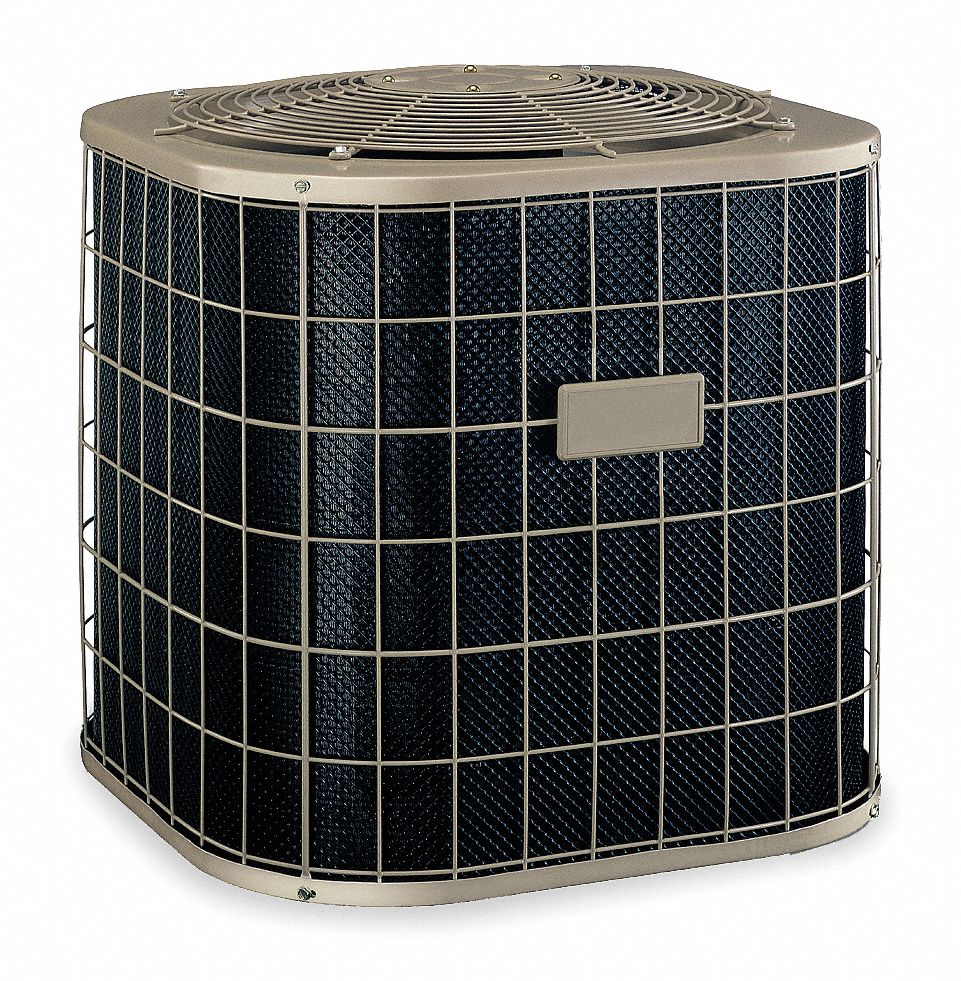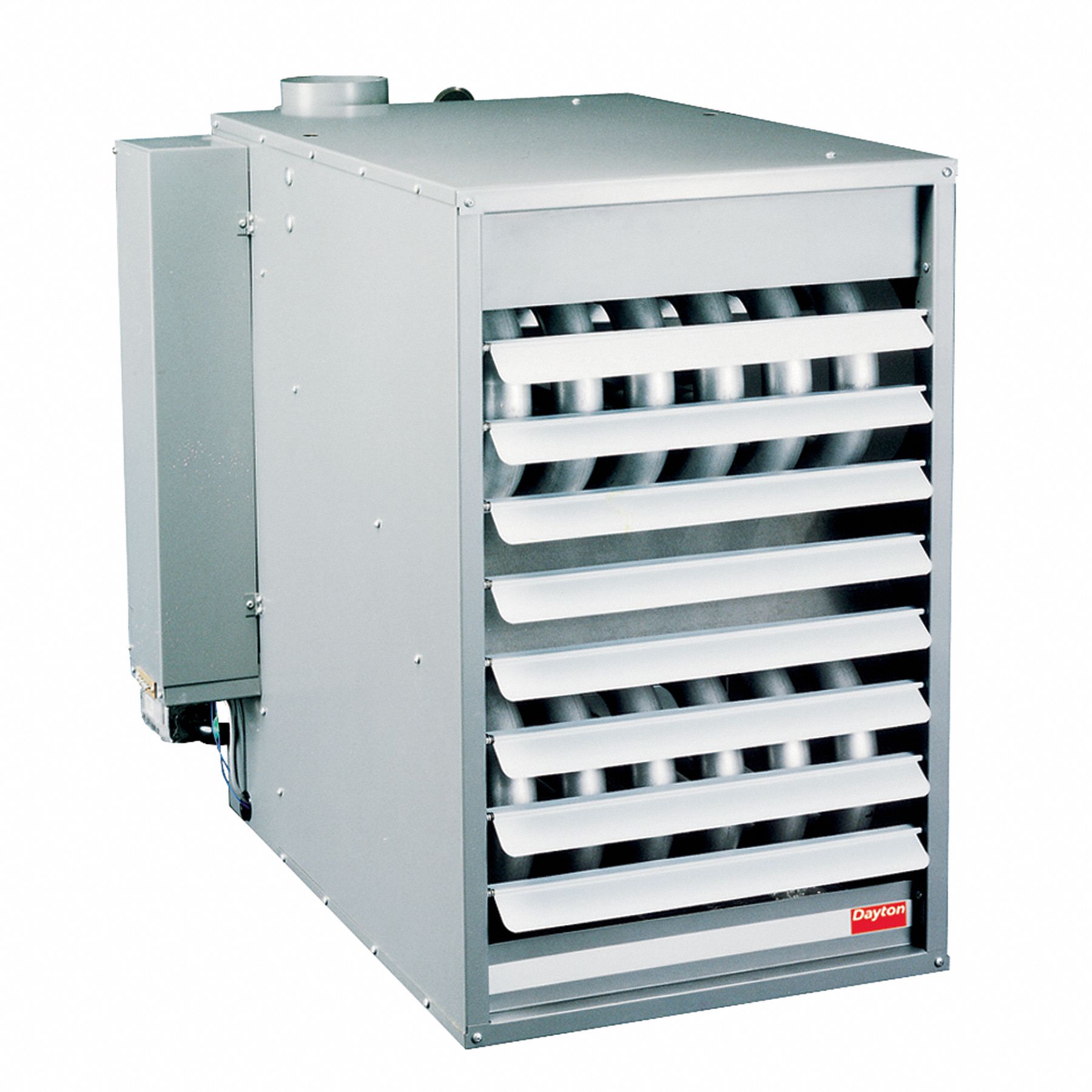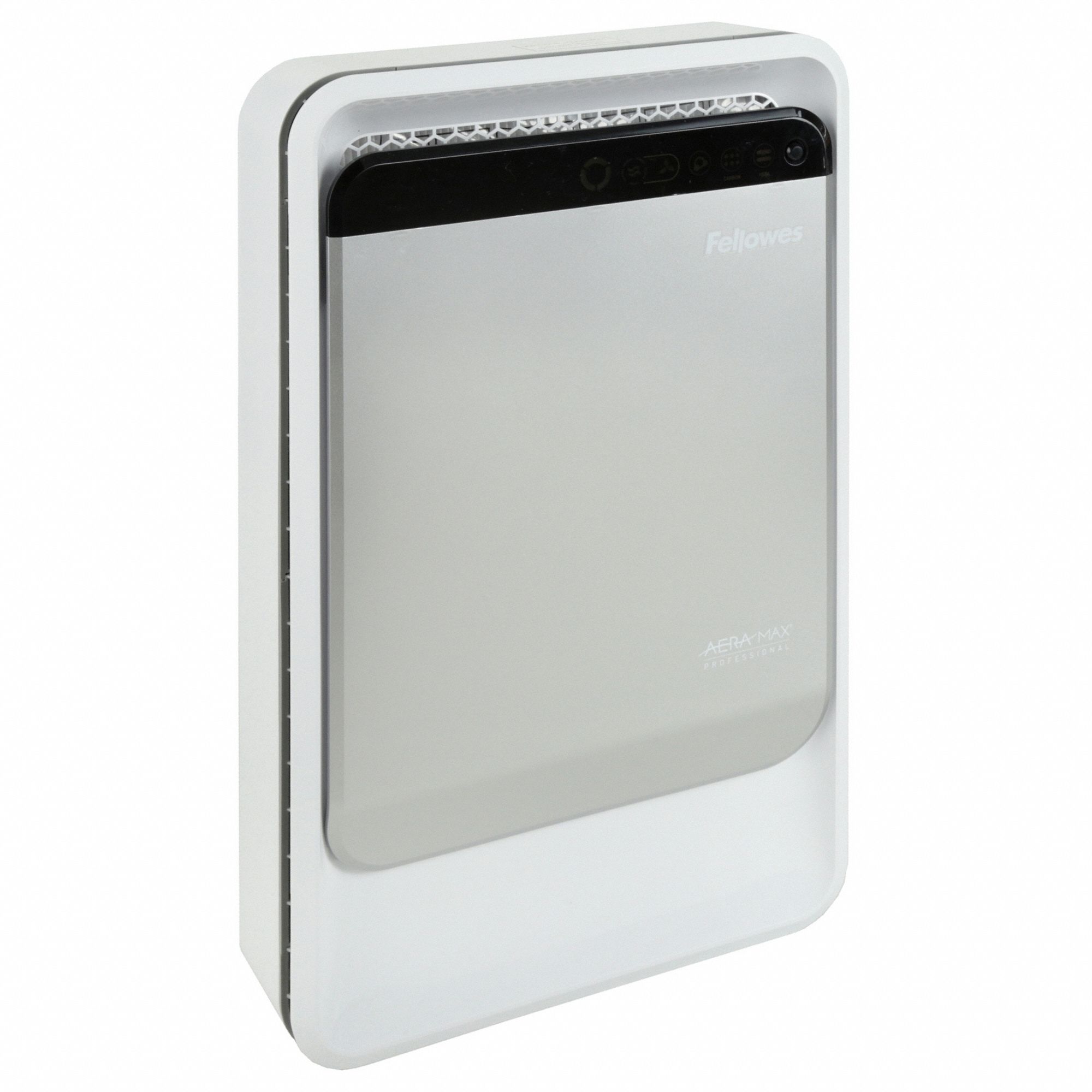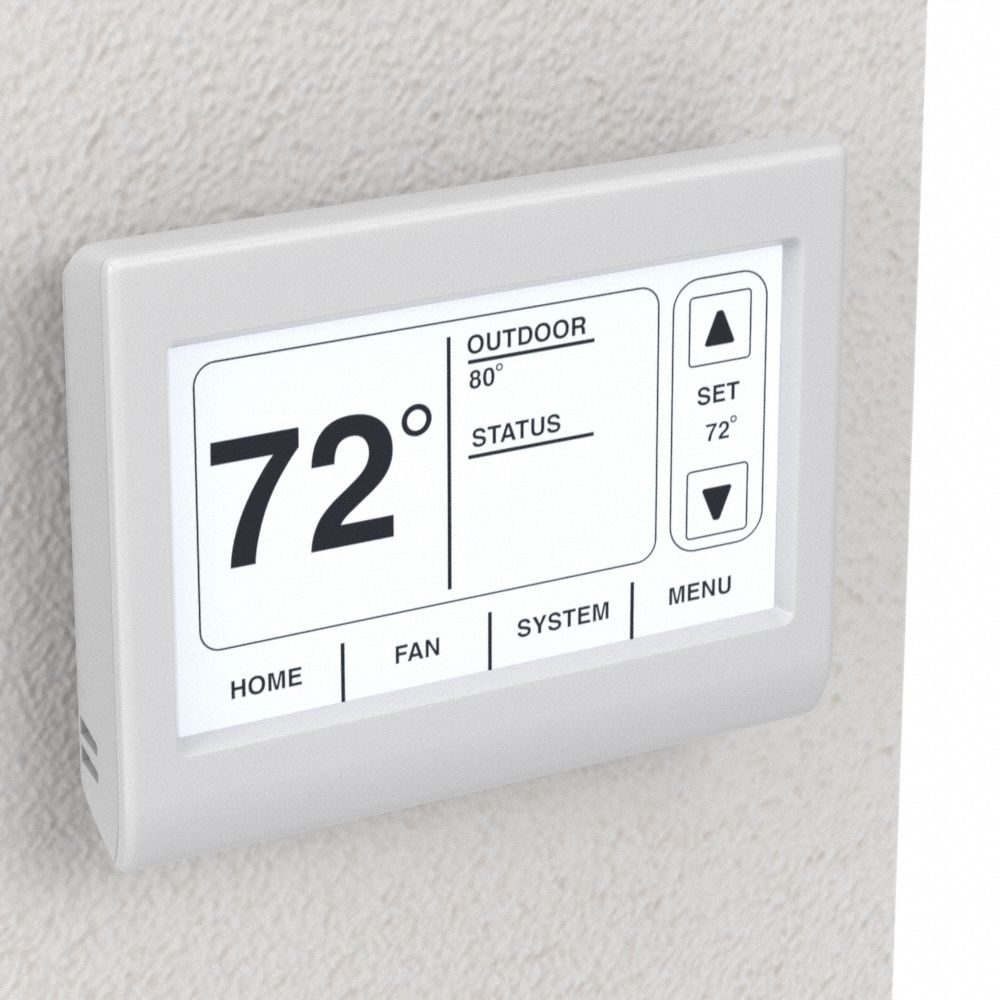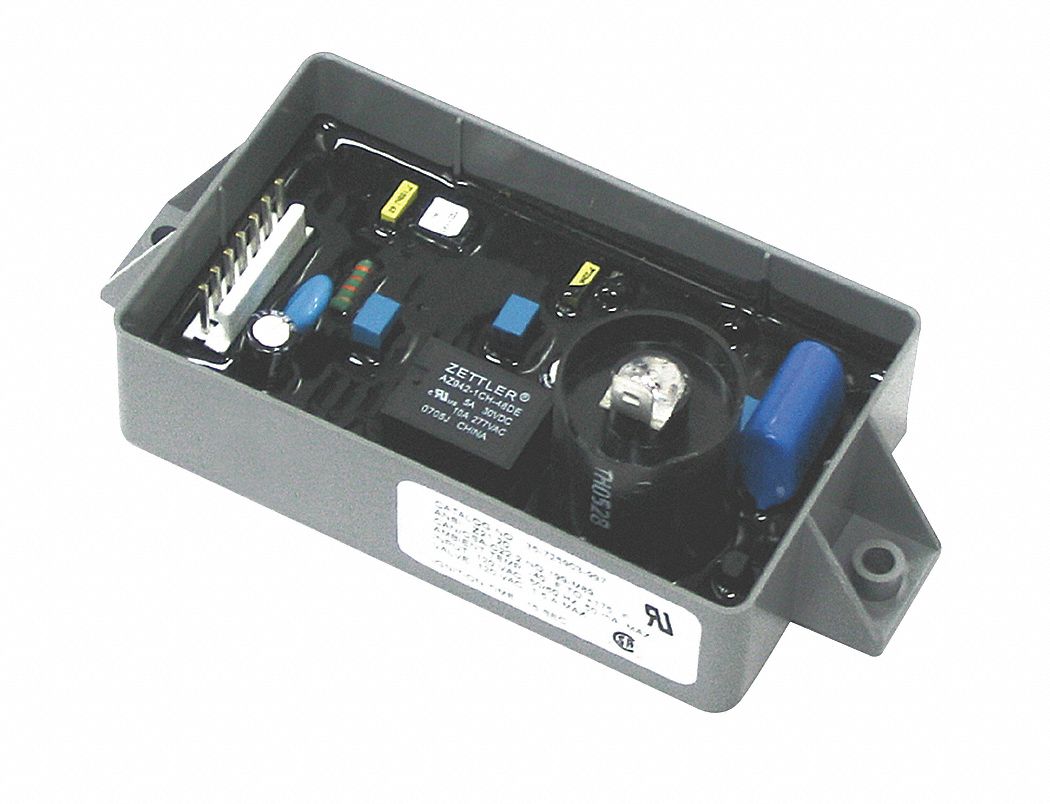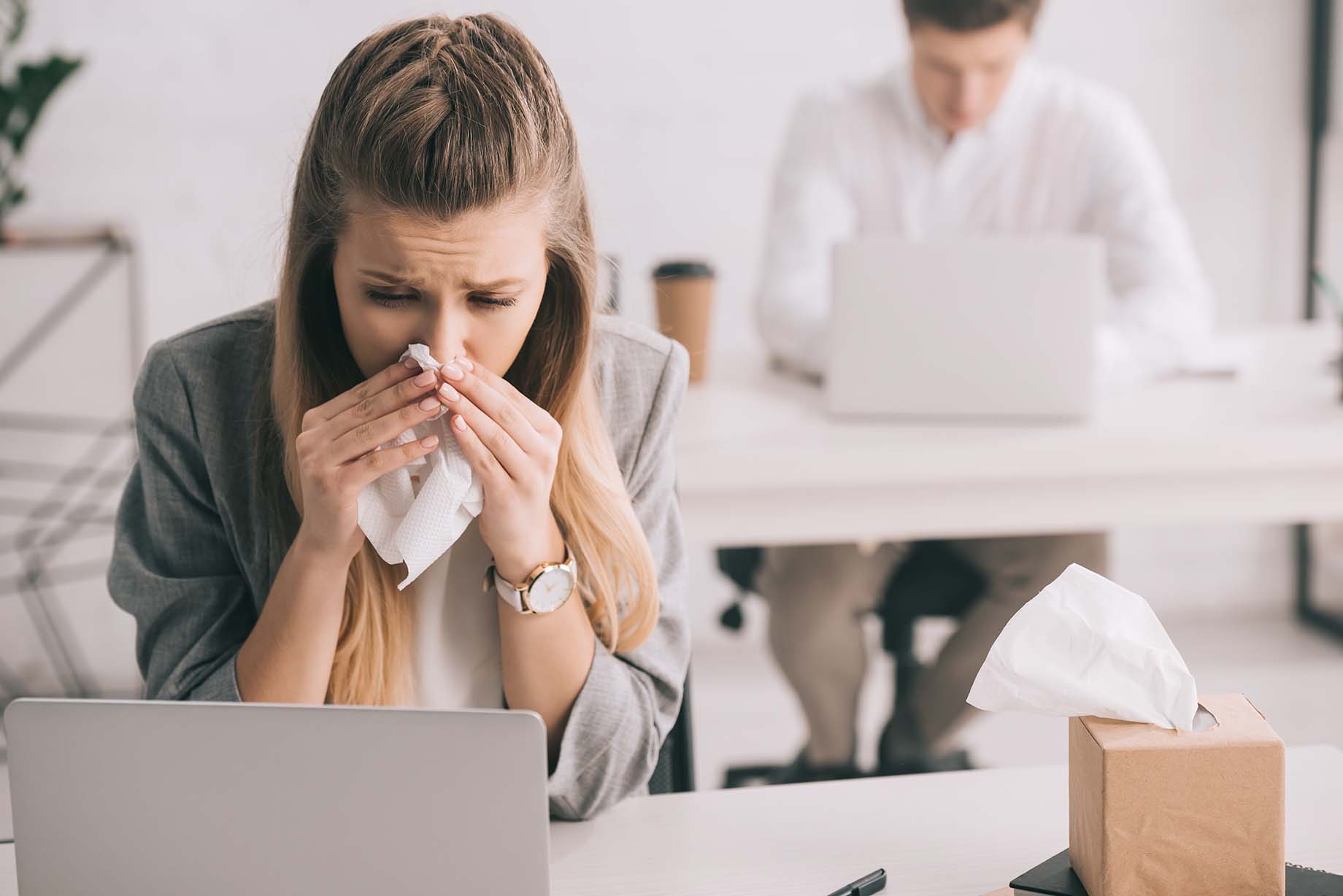

Mold Exposure Symptoms and How They Affect Worker Health
By Grainger Editorial Staff 3/8/20


Most workplace safety hazards are in plain sight. Yet, mold can pose a risk to worker health and is a hazard that is often invisible. Learn more below about mold exposure symptoms and how you can test for, prevent and treat mold in your facility.
What Is Mold?
Mold is a type of fungus that grows into thread-like multi-cellular structures called hyphae. While some molds are visible in foods that have spoiled, others reside inside building materials susceptible to moisture, such as pipes, paint, wallpaper, insulation and carpeting. As long as moisture, oxygen and an organic source are present, mold can grow on almost any surface.
The Centers for Disease Control and Prevention (CDC) explains how molds like Cladosporium, Penicillium, and Aspergillus typically enter homes and offices through openings like windows, vents and HVAC systems. Since about 1,000 mold species are present in outdoor air in the U.S., the mold spores may also enter the facility by attaching to clothing and shoes. When this happens, a building itself becomes the patient—what epidemiologists refer to as “sick building syndrome”—and facility occupants become the recipients of infection.
What Are the Symptoms of Mold Exposure?
Depending on how vulnerable a person's immune system is, they may experience a mold allergy or mold toxicity. Psychology Today explains the difference between the two, pointing out that a mold allergy is the result of mold spores being inhaled, whereas mold toxicity is the result of the toxic vapors released by mold causing a chronic inflammatory response. According to the Mayo Clinic, a mold allergy can manifest through a number of different symptoms, including sneezing, coughing or watery eyes. Those with asthma may be especially sensitive and could suffer wheezing or coughing. However, according to Psychology Today, mold toxicity can produce a number of symptoms including fatigue, headaches, shortness of breath, sensitivity to light and muscle cramps, among many others.
Many concerns about mold center around what's referred to as "black mold." The most common strain of this species of mold, which appears black or green, is Stachybotrys chartarum. According to Healthline, certain species of black mold can release toxins, which can in high concentrations make some people susceptible to mold poisoning, and cause them to exhibit symptoms from coughing, wheezing and itchy eyes to more serious symptoms like headaches, exhaustion, sinusitis and more. People with chronic illnesses such as asthma or a weakened immune system can experience severe symptoms.
How Do You Test for Mold?
Given that symptoms of a mold allergy or mold toxicity can look similar to the flu, it may be difficult for an employer to know when mold is present in their facility and impacting their employees' health. The Mayo Clinic points out that working in a building previously exposed to excess moisture can increase the likelihood of developing a mold allergy. If you know your facility has previously suffered water damage or been exposed to excess moisture, it is a good idea to test for mold.
There are a variety of indoor air quality test instruments to detect mold and other allergens like dust mites and bacteria, as well as the presence of radon, formaldehyde and fiberglass, among other potentially harmful substances. Given that mold can become a significant health risk, facility maintenance professionals can be the front line in identifying and removing the presence of mold to mitigate adverse health effects.
How Can You Prevent Mold?
If a leak or spill occurs indoors, the Occupational Safety and Health Administration (OSHA) suggests acting within 24-48 hours to help prevent mold growth..
They recommend a number of mold prevention tips, including repairing any leaks in pipes or the building structure as quickly as possible, watching for any wet spots or moisture incursion problems, dehumidifying the air, and providing adequate drainage around building foundations. If a leak has sprung, you can remove all wet items immediately and clean the exposed surfaces with mold-killing disinfectants. Wet drywall, ceiling tiles and carpeting may have to be discarded. You can use industrial fans and dehumidifiers to vent air and speed evaporation. If not already known, identify what's causing the moisture and take preventive actions like repairing plumbing systems and roofs to prevent mold from growing in the future.
If you suspect mold in your facility, you can test for mold, and then begin the critical task of removing it.
The information contained in this article is intended for general information purposes only and is based on information available as of the initial date of publication. No representation is made that the information or references are complete or remain current. This article is not a substitute for review of current applicable government regulations, industry standards, or other standards specific to your business and/or activities and should not be construed as legal advice or opinion. Readers with specific questions should refer to the applicable standards or consult with an attorney.

